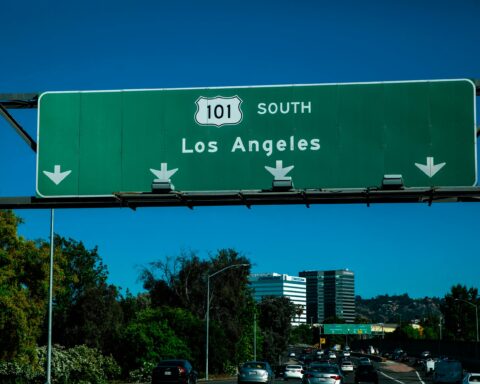The Beehive state needs an early earthquake warning system similar to California, Oregon and Washington to protect its infrastructure and economy from potentially billions in losses. That is the primary message from an updated Utah Seismic Safety Commission report.
The Utah Seismic Safety Commission’s updated study called on the state to partner with the federal government to expand the United States Geological Service’s ShakeAlert early earthquake warning system to the Wasatch fault from California, Oregon and Washington.
Utah can also improve its earthquake resilience by upgrading its water infrastructure, evaluating school buildings for earthquake retrofits, public awareness campaigns and enforcing existing building codes.
“The Federal Emergency Management Agency (FEMA) has called the Wasatch fault one of the most catastrophic natural threat scenarios in the U.S.,” the study’s authors wrote. “The damage to infrastructure and income would result in short-term economic losses estimated at $75 billion.”
The active Wasatch fault, which Utah’s capital Salt Lake City is on, has a 50% chance of experiencing an earthquake with a magnitude of 7.0, according to the study.
Without proactive measures, this potential earthquake would be 89 times stronger than the 5.7 quake that hit Magna, Utah, in 2020, which was among the deadliest disasters in U.S. history.
Utah should invest $125 million in its four major water aqueducts that serve over 2 million residents, the commission said. An earthquake could rupture any of these pipelines and leave hundreds of thousands of Utahans without water for up to six months.
The cost of improving the four pipelines is over $550 million. Utah’s legislature appropriated $50 million in 2023, leveraging district and FEMA funds to fully fund two projects, but the remaining two projects face a $125 million funding gap.
Investing $4 million in evaluating or designing retrofits for Utah’s 130 school campuses would help keep school children safer. Over 70,000 Utah children who attend school in these buildings are at high risk in an earthquake. The campuses also serve as important gathering and sheltering places and are essential for resuming normal life after a disaster, the study noted.
The commission called on Utah to spend $600,000 over two years to increase the public’s awareness of the risk from the state’s 140,000 unreinforced masonry buildings. Most of these buildings that were built before 1976 are spread across the state and include single-family homes, apartments and office buildings. The study noted improved public awareness will also apply market pressure on developers and landlords to upgrade more of these buildings.
The commission recommended creating a website to help residents find information about buildings with unreinforced masonry, understand the risks and identify whether their home was built with unreinforced masonry and connect them to resources. The report said videos, pamphlets, and other messaging can be used to educate Utahns and invite them to visit this website.
With Utah’s rapid population and economic growth, almost half of the buildings that will exist in 2060 have not been built, and many of the state’s existing buildings will be rebuilt. Therefore, it’s important that enforcing building codes for large and complex buildings and having their structural plan reviewed by independent and qualified experts can improve their seismic safety and possibly prevent very expensive and potentially deadly issues in an earthquake.
The commission recommended that every building classified as International Building Code Risk Category III or IV which includes hospitals, schools, police station and buildings larger than 200,000 square feet be required to undergo a plan review conducted by a Utah-licensed Professional Structural Engineer.













